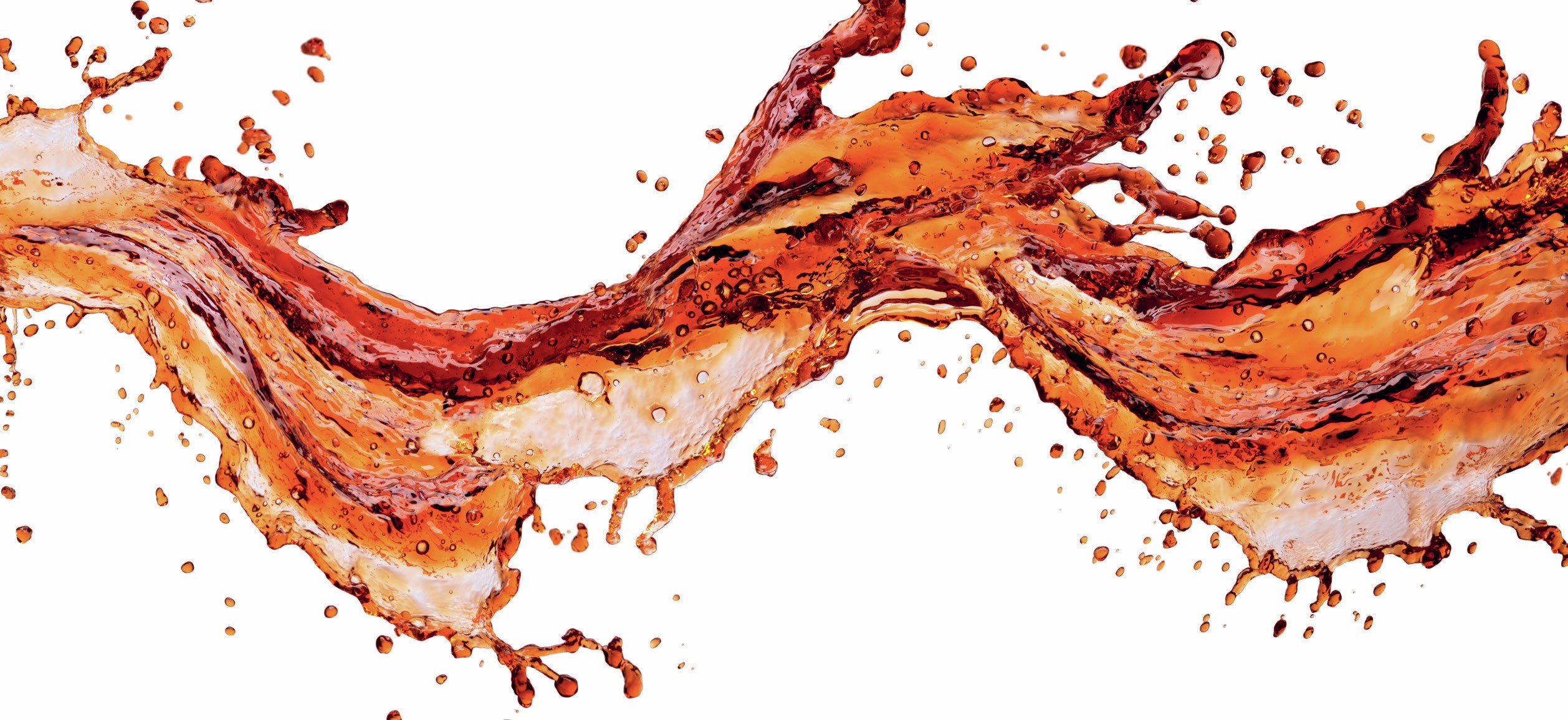
At the entrance to your local supermarket you see a notice asking for volunteers to take part in a taste test. To the left of the notice is a person sitting behind a desk. Being a psychology student, you think this might be interesting. You tell the person you would like to take part and they thank you and give you two identical-looking, but different, drinks to taste. You’re not told anything about them, other than that you should express a preference for one or the other. In one cup — labelled ‘L’ — is a sugary, sickly cola drink. In the other cup — labelled ‘S’ — is a an identical-looking, but different sugary, sickly cola drink. You don’t like either, really. But you indicate that, of the two, you prefer ‘S’.
You stop and think for a second. Your knowledge of psychology and experimental design alerts you to a potential design flaw. The drink labelled ‘S’ was presented to you on your right. And you drank it with your preferred hand. Maybe, just maybe, you weren’t expressing a preference for the taste of the drink, so much as a preference for drinking with your right hand?
Your organisation does not have access to this article.
Sign up today to give your students the edge they need to achieve their best grades with subject expertise
Subscribe




